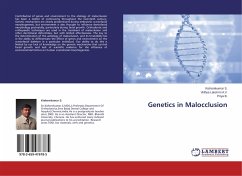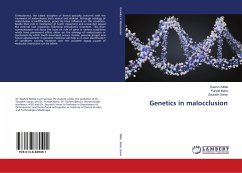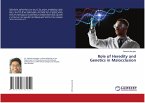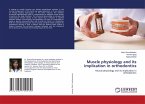Contribution of genes and environment to the etiology of malocclusion has been a matter of controversy throughout the twentieth century. Genetic mechanisms are clearly predominant during embryonic craniofacial morphogenesis, but environment is also thought to influence dentofacial morphology postnatally, particularly during facial growth. Orthodontic and orthopaedic techniques are used in the treatment of malocclusion and other dentofaical deformities, but with limited effectiveness. The key to the determination of the aetiology of malocclusion, and its treatability lies in the ability to differentiate the effect of genes and environment on the craniofacial skeleton in a particular individual. Our ability to do this is limited by our lack of knowledge on the genetic mechanisms that control facial growth and lack of scientific evidence for the influence of environmental factors on human craniofacial morphogenesis.
Bitte wählen Sie Ihr Anliegen aus.
Rechnungen
Retourenschein anfordern
Bestellstatus
Storno








